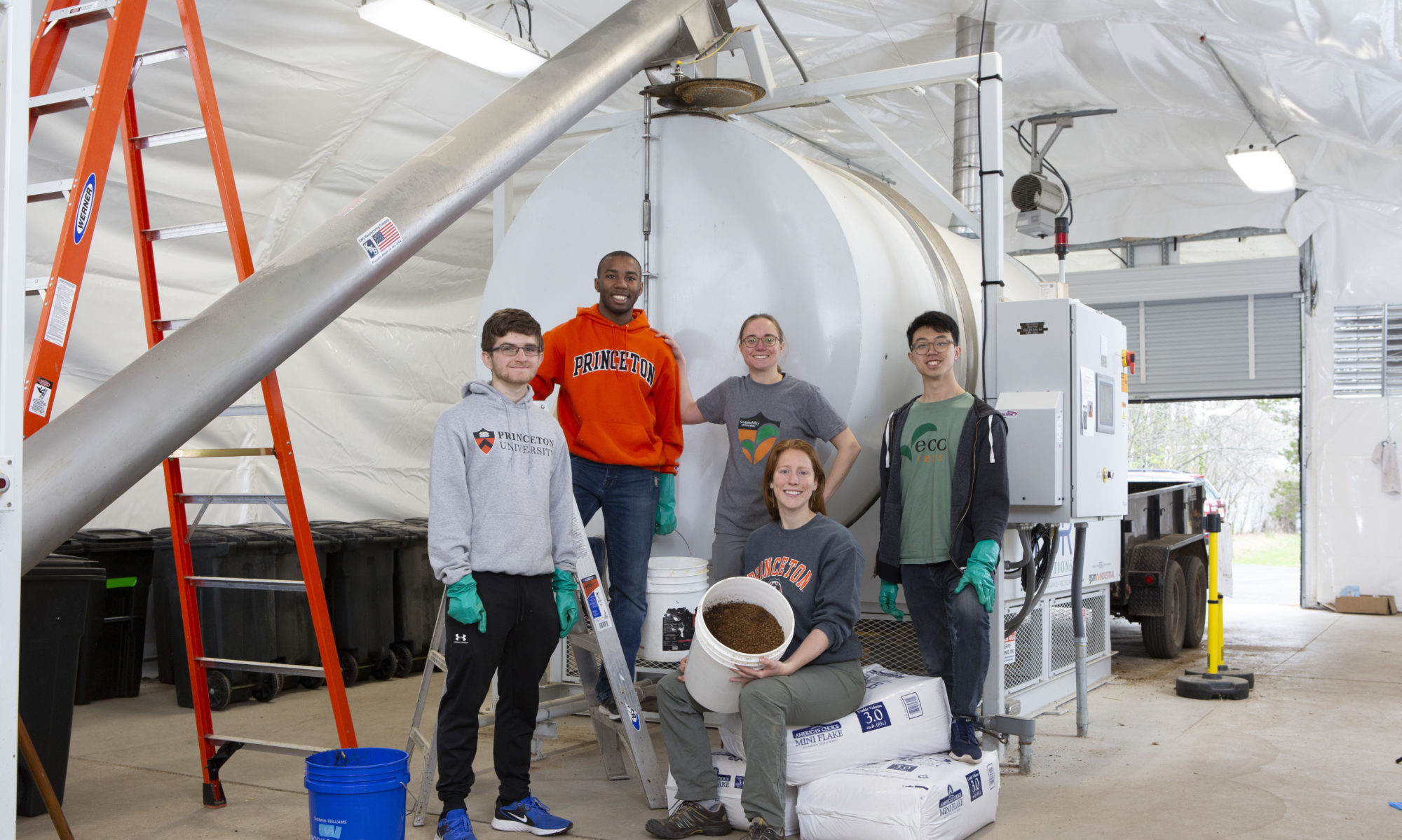Pardon the delay! Over the past year and a half, we wrapped up our second year of research into compostable product collection and processing. We’re excited to share final results-starting with Part I: Upstream collection – featuring audit data from our education campaign and infrastructure upgrades at the point of toss
As we shared in our last post, a baseline audit of the Frist Food Gallery showed that over 60% of landfill waste could be composted—mostly food scraps and compostable dining products.
In response, our Dining team partnered with procurement and suppliers to streamline product offerings and switch to certified compostables. We also redesigned the toss zone, adding a compostables bin and deploying student and staff ambassadors to guide diners. Once the ambassadors stepped back, we reinforced sorting with signage featuring real item examples above each bin.
The results? A third-party audit showed that landfill waste was cut by more than half! Our overall waste diversion percentage jumped from 4% to 56% as shown in the data charts below:


Additionally, over 50% of the compostable stream was diningware—proof that packaging swaps matter.
Contamination in the compost stream started at 20%, but we’ve since halved that to 10% thanks to further improvements: motion-sensor compactor bins, a large banner advertising the collective impact, and permanent 3D wall signage:

Still, our goal is 5% contamination or less. This spring, we surveyed diners to understand sorting pain points. One big insight? The condiment station near the toss zone was causing congestion. So, with guidance from the Kahneman-Treisman Center for Behavioral Science, we’re relocating it and redesigning the area with a “decision tree” layout—compost on one side, landfill on the other—to encourage more mindful sorting.
While we wait for these changes, stay tuned for the next post in our series where we’ll dive into the composting process itself and what we learned about compost quality.

This is a good model for other schools.
I’ve tried working with Frat and Sorority houses and it turns out to be a disaster due to lack of policing.
Elementary school level works much better due to admin oversight and spearheading.
Education and consistency are key!
Thanks for your report and efforts.